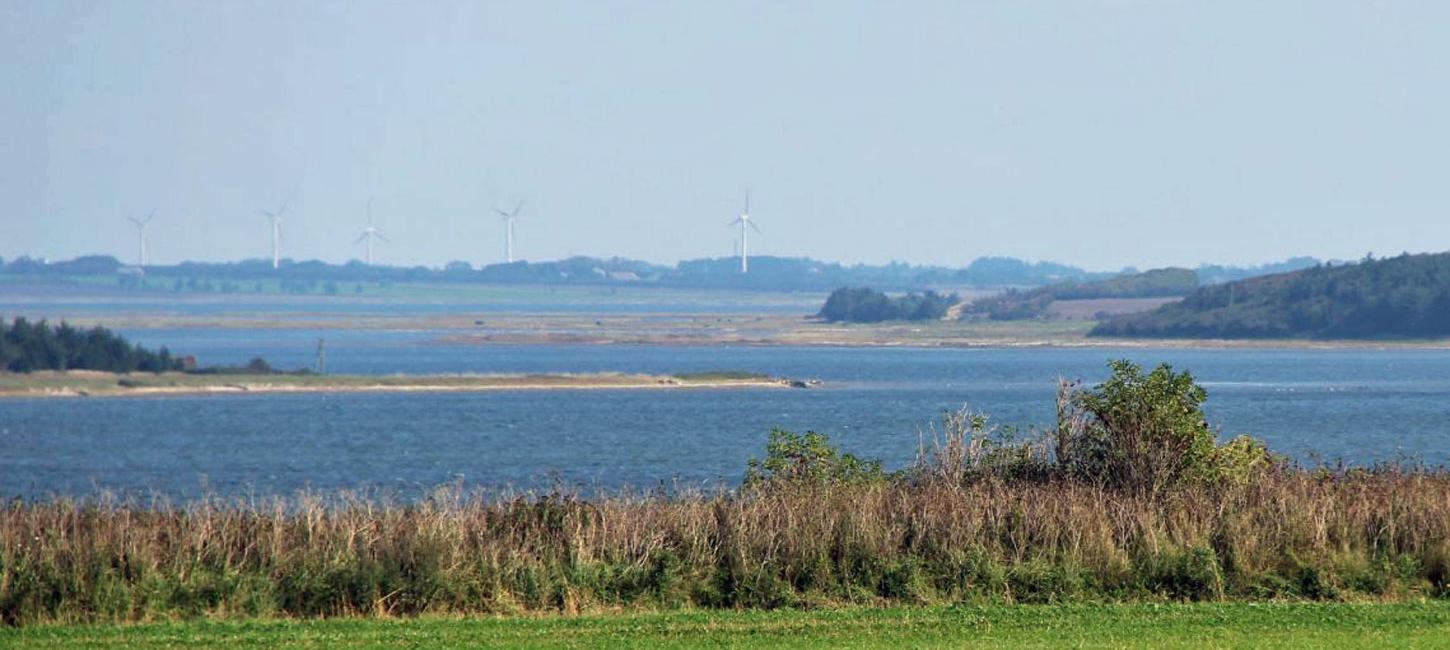
Skibsted Fjord - Kås bredning
Limfjordens kystlandskaber repræsenterer en stor variation i kysttyper og -former
Skibsted Fjord – Kås Bredning er et kystområde. Skibsted Fjord er beliggende ved nordkysten af Thyholm, og Kås Bredning ved nord- og østkysten af Jegindø. Lokalitetens geologiske værdi skyldes den store variation af kysttyper og -former, som findes inden for et relativt lille område.
Kysten ved Skibsted Fjord – Kås Bredning repræsenterer alle de kysttyper, der findes i Limfjorden, og stort set alle de kysttyper, der forekommer i Danmark. Her findes således alt fra dynamiske udligningskyster og klintekyster til rolige strandengskyster. Dertil kommer adskillige karakteristiske kystformer som odder (retodder, krumodder), vinkelforland, drag (tomboloer), tanger, strandvolde og strandsøer. Kysten er desuden kendetegnet ved at indeholde utallige bugter og vige, samt adskillige holme og øer. Ligesom sitene Veserne-Plet-Engbjerg og Hellerød Kær er landskabet præget af de markante havniveauændringer, der kendetegner perioden efter Weichsel isens bortsmeltning.
Skibsted Fjord – Kås Bredning er særdeles værdifuldt biologisk set pga. de store områder med strandeng og lavvandet hav, der udgør et fødekammer for mange fuglearter samt sæler. Dertil kommer at området er relativt ubebygget og uforstyrret af menneskelige indgreb. Området er udpeget som Natura 2000 Habitat- og Fuglebeskyttelsesområde. Området er desuden natur-/vildtreservat, og Skibsted Fjord er omfattet af en fredning. Endelig er området indeholdt i NK 87 Kås Bredning – Skibsted Fjord.